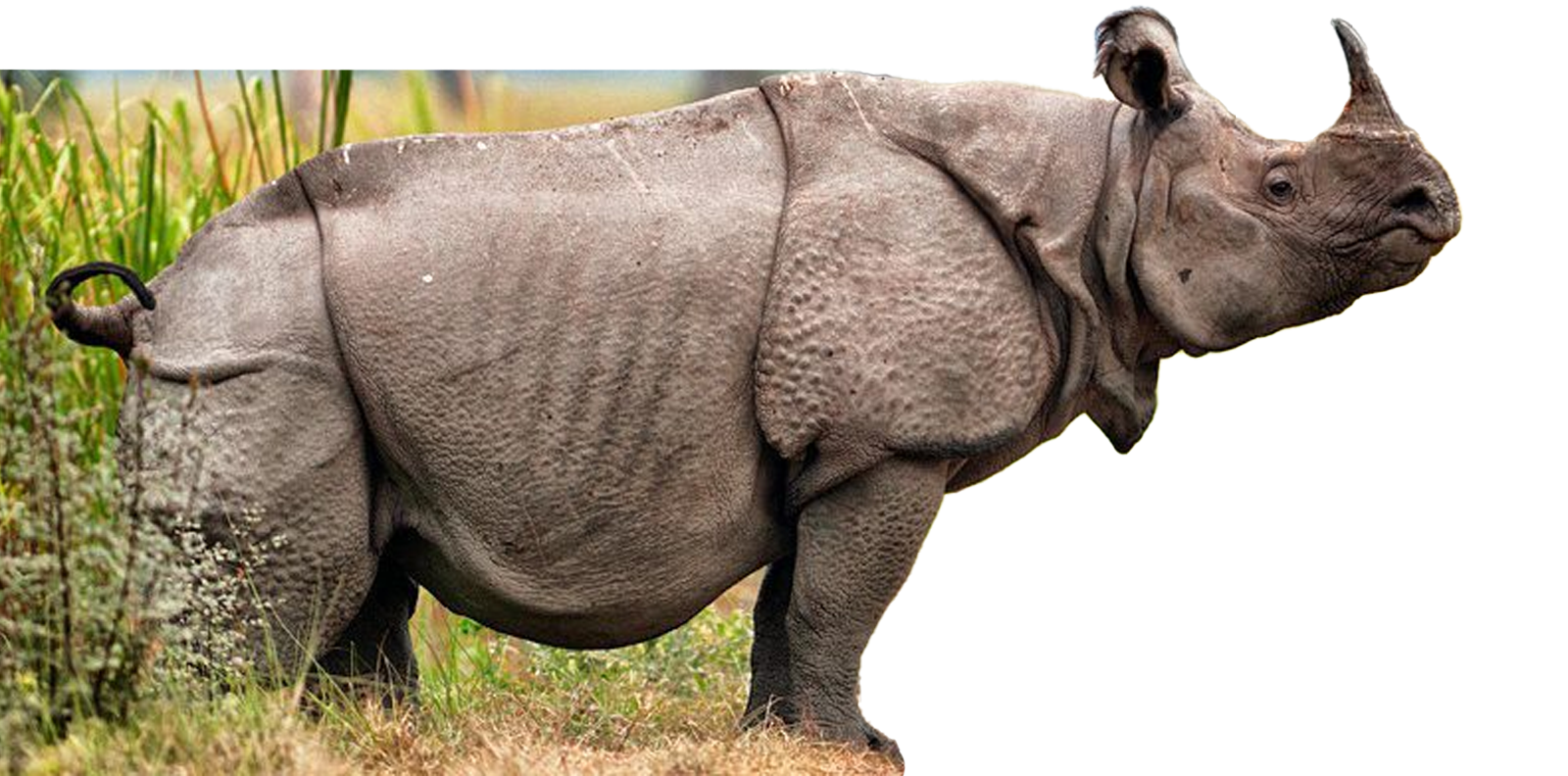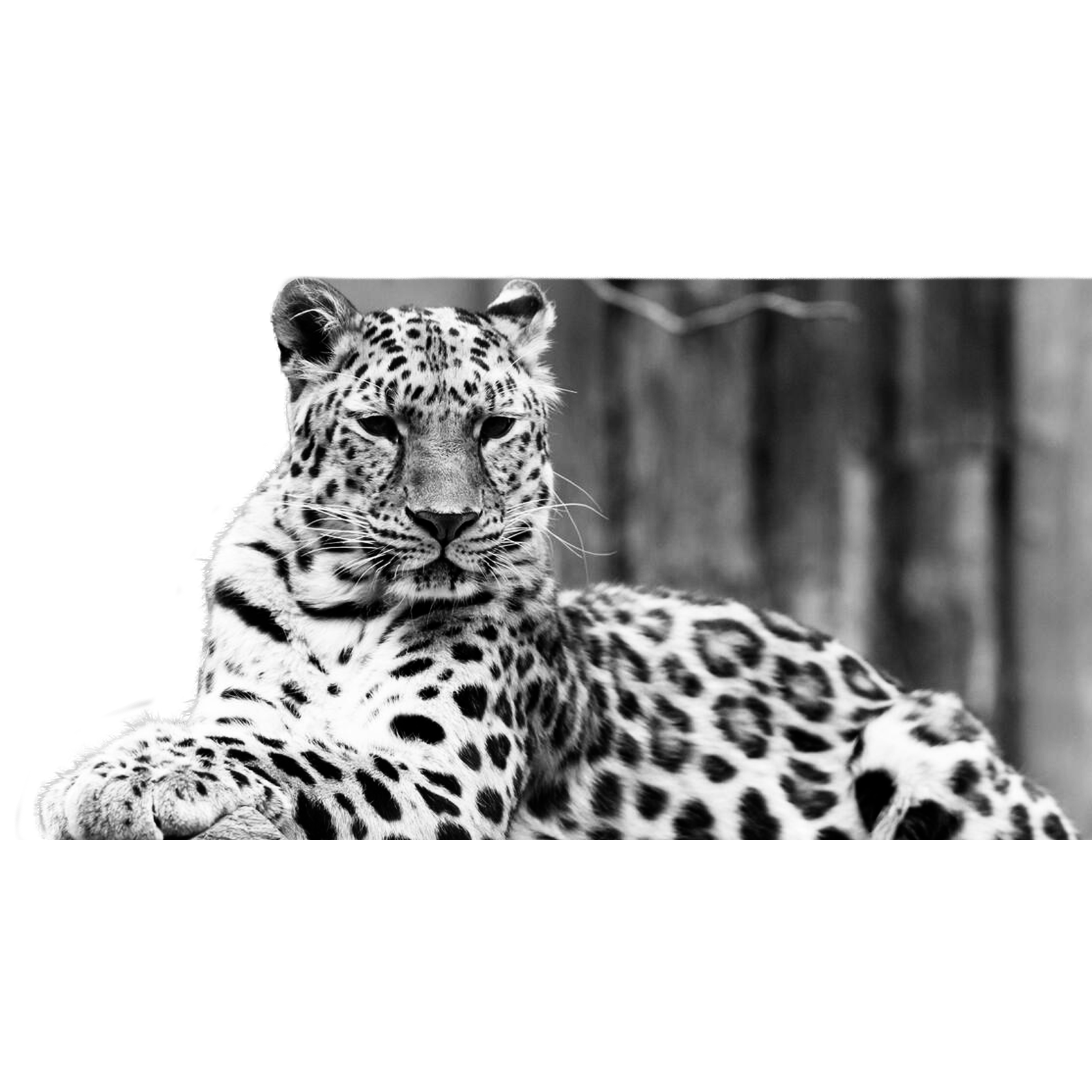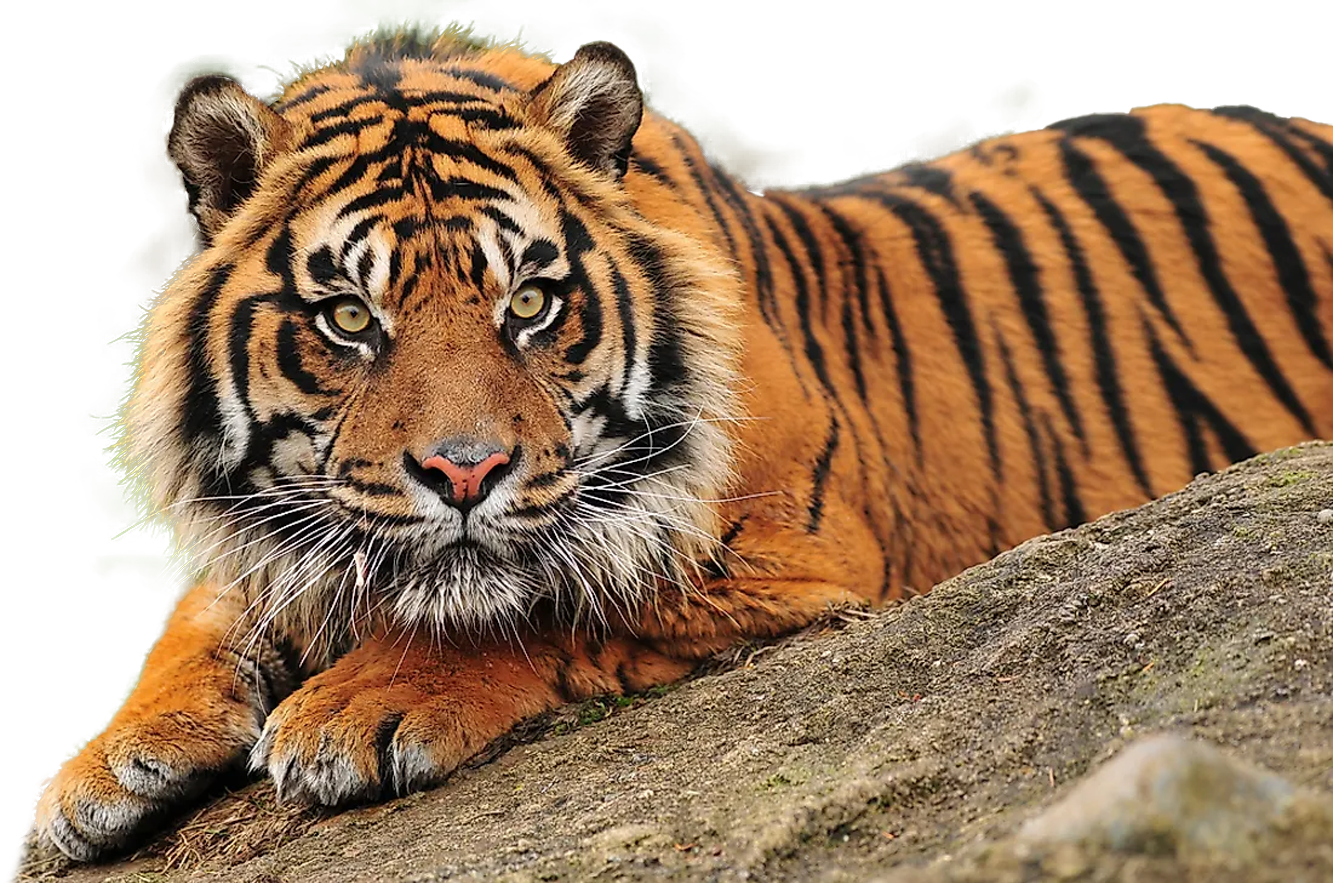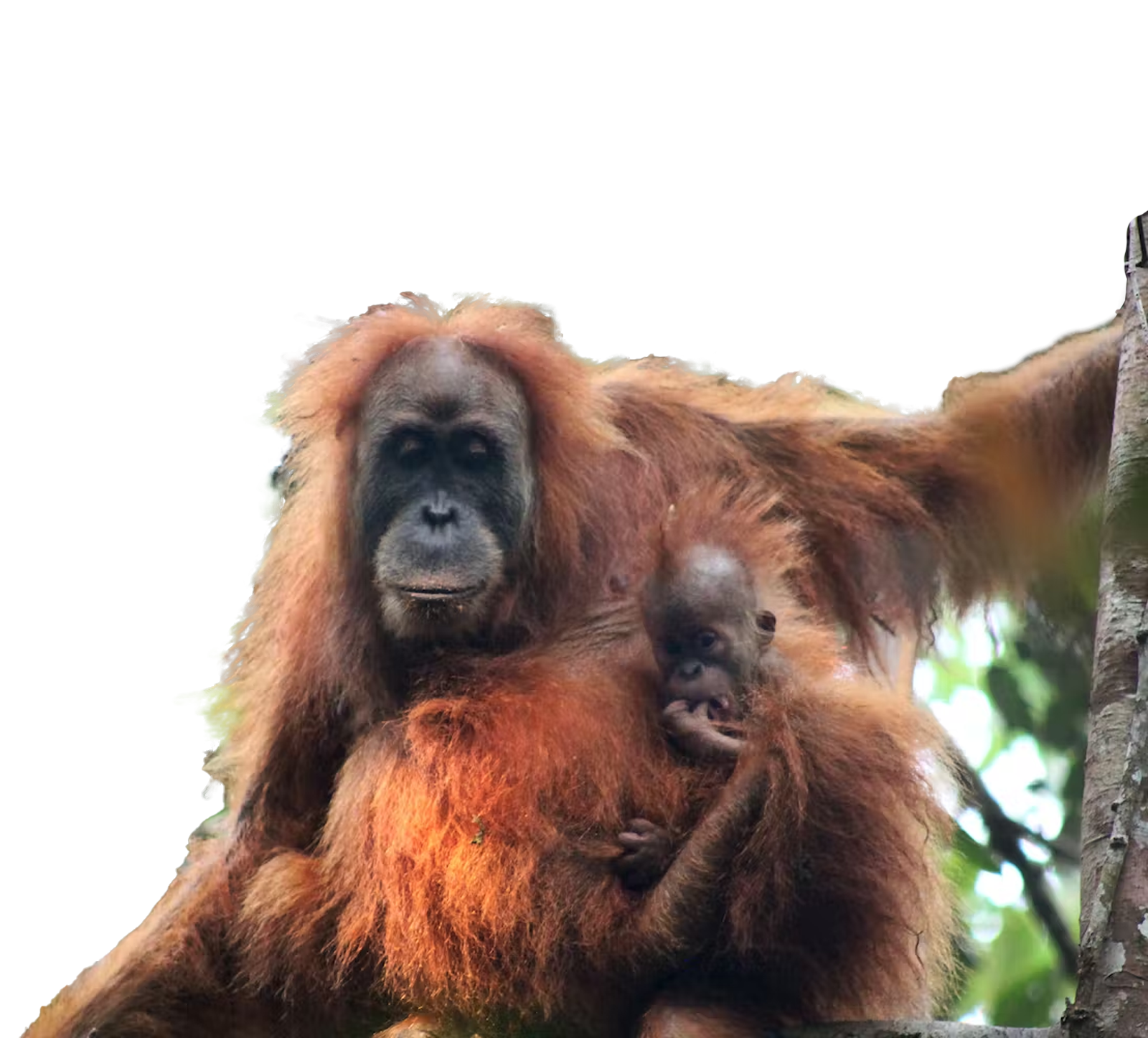
As of 2023, 8,404 Species Are Critically Endangered, Just Inches From Total Extinction
As the world population increases, so do the resources needed to sustain and carry such a large number of humans and to follow - waste from 8 billion people. Many of these resources being found in the homes of our many neighboring environments, deforestation scars the landscapes for logs and to make place for crops, global warming acts as a catalyst towards already devastating natural disaters, Fires burn hotter and further as countries shrivel up into fuel, hurricanes and typhoons are more frequent and rampant. Animal extinction occurs when a species completely disappears from the Earth. This can happen for a variety of reasons, including habitat loss, climate change, pollution, overhunting, and disease. When a species becomes critically endangered, it means that its population has declined to the point where it is at a high risk of extinction.
The situation facing critically endangered animals is dire, as they are often on the brink of disappearing forever. Once a species goes extinct, it is lost forever, and this can have significant impacts on ecosystems and the planet as a whole. For example, the loss of a predator species can cause an increase in prey populations, leading to overgrazing or other ecosystem imbalances.
In addition to ecological impacts, the loss of a species can also have economic and cultural impacts, particularly for indigenous communities that rely on wildlife for food, medicine, and other resources. Furthermore, many species have intrinsic value and play an important role in our cultural heritage and sense of identity.
Overall, the loss of species is a significant threat to global biodiversity, and urgent action is needed to protect and conserve endangered animals before it is too late. This requires a collaborative effort among governments, NGOs, and the public to address the root causes of extinction and implement effective conservation measures.

Javan rhinos were once prevalent in southeast Asia, but they have experienced a drastic decline in their numbers due to hunting and habitat loss. The lone wild population of Javan rhinos, which numbers approximately 75 individuals, is one of the rarest rhino species in existence and is exclusively located on the Indonesian island of Java. The Ujung Kulon National Park, designated as a World Heritage Site, is the only remaining refuge for Javan rhinos. Unfortunately, the park is also under threat from the invasive Arenga palm, which reduces the rhinos' food supply and available habitat. Additionally, the small Javan rhino population is extremely susceptible to extinction due to natural disasters, diseases, poaching, and potential inbreeding.

With just around 100 individuals left in the wild, the Amur leopard is one of the scarcest big cats on the planet. While their wild population appears to be stable and increasing, this leopard subspecies has been classified as critically endangered since 1996. The reason for this is clear: Amur leopards can only be found in a relatively small area of far eastern Russia and northeastern China. The remaining Amur leopards face numerous challenges to their survival, including the loss and fragmentation of their habitat, a shortage of prey, and transportation infrastructure such as roads. Nevertheless, there is still hope for this rare big cat. About 75% of their home range is situated in protected areas in Russia and China, and they are also expanding into suitable habitats beyond these protected zones.

With just around 100 individuals left in the wild, the Amur leopard is one of the scarcest big cats on the planet. While their wild population appears to be stable and increasing, this leopard subspecies has been classified as critically endangered since 1996. The reason for this is clear: Amur leopards can only be found in a relatively small area of far eastern Russia and northeastern China. The remaining Amur leopards face numerous challenges to their survival, including the loss and fragmentation of their habitat, a shortage of prey, and transportation infrastructure such as roads. Nevertheless, there is still hope for this rare big cat. About 75% of their home range is situated in protected areas in Russia and China, and they are also expanding into suitable habitats beyond these protected zones.

The high-altitude forests in the volcanic, mountainous regions of the Democratic Republic of Congo, Rwanda, and Uganda are home to two isolated populations of the Mountain gorilla, a subspecies of the eastern gorilla. One population resides in the Bwindi Impenetrable National Park of Uganda, while the other occupies the Virunga Landscape, an area with a history of political instability and a high poverty rate. The increasing human presence in these regions, with over 500,000 people residing near Mountain gorilla habitats, poses a significant threat to the gorilla population as humans encroach upon their space for food, shelter, and other purposes. Despite these challenges, the Mountain gorilla population is showing signs of recovery due to the efforts of local and international partners, including the WWF's International Gorilla Conservation Programme. As of 20222, there are only slightly over 1,000 individuals of this endangered species in the wild, and various threats to their survival continue to impede recovery efforts.

In 2017, the Tapanuli orangutan was identified as a newly described species of orangutan and recognized as a distinct species. The tropical forests of the Batang Toru ecosystem on the Indonesian island of Sumatra are home to the single, isolated population of Tapanuli orangutans. Unfortunately, these tree-dwelling primates are critically endangered, with fewer than 800 individuals remaining in the wild, making them the most endangered great ape species worldwide. The main threat to their survival is habitat loss, as tropical forests are being cleared for agriculture, mining, and hydroelectric and geothermal development. Between 1985 and 2007, over 40% of the forests in the province of North Sumatra, where the Tapanuli orangutan lives, were lost.